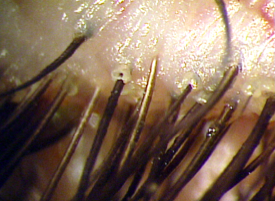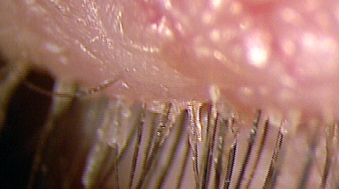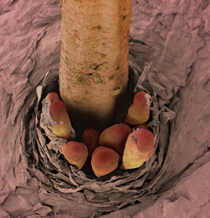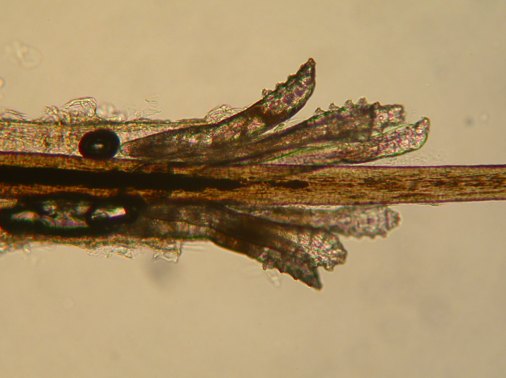I would recommend one dilute the selenium sulfide 2.5% shampoo first before using it without dilution on closed eyelids for cleaning.
The study below used this combination for resistant scalp demodex.
“The persistence of the patient’s folliculitis despite treatment with clindamycin 1% gel; rapid clearance after therapy with sulfacetamide 10% plus sulfur 5% cream twice daily and selenium sulfide 2.5% shampoo once daily is initiated; and positive results of the ectoparasite wet mount suggest a pathogenic role of Demodex.”
I suspect selenium sulfide 2.5% shampoo once daily may be enough for most of our blepharitis patients.
The best product I could find with 2.5% selenium sulfide. I would be very careful to use this around the eye unless you try it very diluted first and do not get it into the eye.
Other over the counter products like Selsun and Head and Shoulders only contain Selenium Sulfite 1%.
They may work as well but has not been studies for Demodex to my knowledge.
Resistant Scalp Folliculitis Secondary to Demodex Infestation
Angela M. Sanfilippo, MD; Joseph C. English III, MD Accepted for publication
August 17, 2005. Dr. Sanfilippo is a dermatology resident and Dr. English is Assistant Professor of Dermatology, University of Pittsburgh Medical Center, Department of Dermatology, Pennsylvania. Reprints: Joseph C. English III, MD, University of Pittsburgh, Department of Dermatology, 190 Lothrop St, Suite 145, Lothrop Hall, Pittsburgh, PA 15213 (e-mail: englishjc@upmc.edu). VOLUME 76, NOVEMBER 2005 321
CONTINUING MEDICAL EDUCATION GOAL To understand scalp folliculitis secondary to Demodex infestation to better manage patients with the condition
OBJECTIVES Upon completion of this activity, dermatologists and general practitioners should be able to: 1. Describe the characteristics of Demodex mites. 2. Discuss the role of Demodex mites in rosacea and pustular folliculitis. 3. Identify treatment options for demodicosis. CME Test on page 309. This article has been peer reviewed and approved by Michael Fisher, MD, Professor of Medicine, Albert Einstein College of Medicine. Review date: October 2005. This activity has been planned and implemented in accordance with the Essential Areas and Policies of the Accreditation Council for Continuing Medical Education through the joint sponsorship of Albert Einstein College of Medicine and Quadrant HealthCom, Inc. Albert Einstein College of Medicine is accredited by the ACCME to provide continuing medical education for physicians. Albert Einstein College of Medicine designates this educational activity for a maximum of 1 category 1 credit toward the AMA Physician’s Recognition Award. Each physician should claim only that credit that he/she actually spent in the activity. This activity has been planned and produced in accordance with ACCME Essentials. Drs. Sanfilippo and English report no conflict of interest. The authors discuss off-label use for selenium sulfide 2.5% shampoo and sulfacetamide 10% plus sulfur 5% cream.
Dr. Fisher reports no conflict of interest.
https://pdfs.semanticscholar.org/4234/49eb1562475580991e6999432bc8c50611e2.pdf
This is what we see in our slit lamp microscope.









